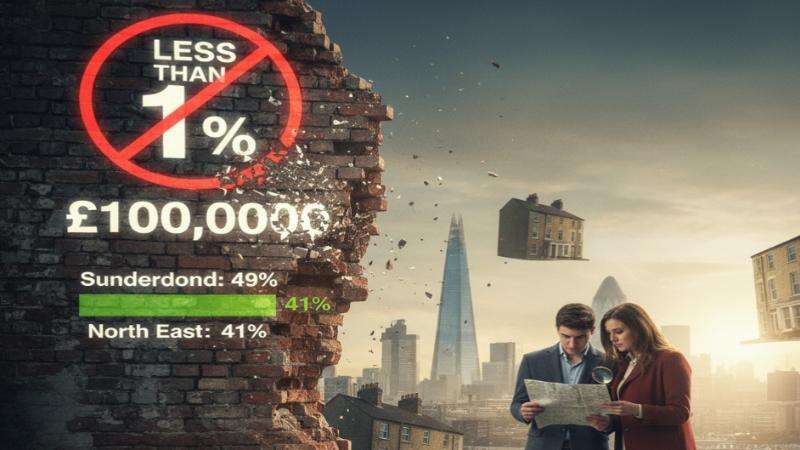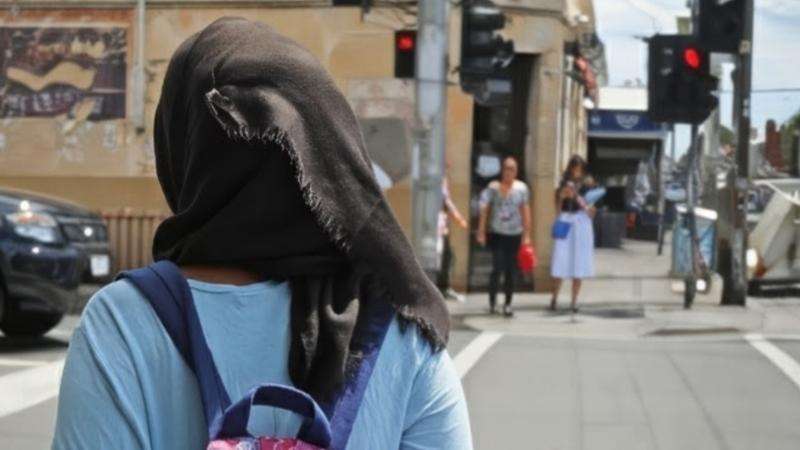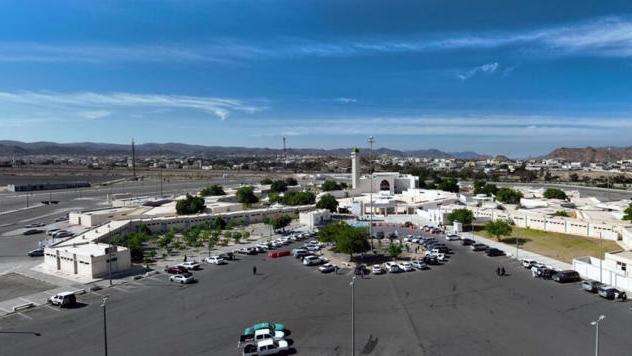As councils across England gear up to implement a 100% council tax premium on second homes, a move intended to alleviate housing pressures, startling government figures reveal a significant and arguably contradictory issue: a staggering 89,000 council and social housing properties lying vacant. This revelation casts a shadow over the motivations behind the second home tax raid, with critics labeling some councils "dishonest" for targeting second homeowners while failing to fully utilize their own housing stock.
Of the total, 34,000 empty homes are directly owned by councils, while a further 55,000 are managed by social housing associations. The irony is starkly illustrated in Labour-led Gateshead, where the 469 second homes are significantly outnumbered by the 821 idle social housing properties. Despite a waiting list exceeding 12,000 individuals and the introduction of the second home surcharge to "discourage the holding of empty properties," Gateshead Council itself owns 636 vacant homes, with an additional 185 unoccupied properties managed by housing associations. This means the level of vacant social housing in the North East borough surpasses the number of second homes by a substantial 42%.
John O’Connell, chief executive of the TaxPayers’ Alliance, minced no words, stating, “These statistics expose the dishonesty of councils at the heart of their assault on second home owners.” His sentiment is echoed by the situation in Charnwood Borough Council in Leicestershire, another local authority where the number of empty council and housing association-owned homes (593 in 2024) exceeded the number of second homes (523). While Charnwood has agreed to enforce the second homes premium from next year, they acknowledge having had a significant number of vacant properties. A council spokesman stated they have been actively working to reduce this number through measures like faster re-letting processes and investment in making homes available, claiming the number of empty council homes is now "just over 430" and confidently predicting a further decrease. They also mentioned purchasing properties to increase their housing stock.
The Ministry for Housing, Communities and Local Government has weighed in, stating that it “expects councils to make use of their available social housing and ensure it is being lived in.” A spokesman emphasized the government's determination to address the "housing crisis we have inherited," acknowledging the negative impact of excessive concentrations of second and empty homes on local areas and services.
However, the focus on the sheer volume of empty social housing raises critical questions about the number of families still facing homelessness, particularly within vulnerable communities like British Bangladeshis and British South Asians. While the national figures for overall homelessness are concerning, specific data on the number of homeless families from these communities is often underreported or not readily available in this context. Anecdotal evidence and community organizations consistently highlight that families from British Bangladeshi and South Asian backgrounds, often facing issues of overcrowding, intergenerational living challenges, and financial constraints, are disproportionately affected by the housing crisis and can spend extended periods in temporary or unsuitable accommodation, effectively rendering them homeless despite not always fitting traditional definitions.
The existence of tens of thousands of empty council and social housing properties while families, including those from British Bangladeshi and South Asian communities, struggle with homelessness and housing insecurity paints a stark picture of potential mismanagement and inefficiency. The drive to tax second homeowners, while perhaps a valid policy in certain contexts, appears undermined by the failure of some local authorities to fully utilize their existing housing stock. Activists and community leaders are likely to question why these properties remain vacant and demand greater transparency and urgency in allocating them to those in desperate need, including the potentially significant number of homeless British Bangladeshi and British South Asian families whose plight is often obscured within broader homelessness statistics. The scandal of empty homes amidst a housing crisis demands immediate attention and a more strategic, holistic approach to tackling homelessness that goes beyond simply taxing second properties.




_7.jpg)



.svg)


